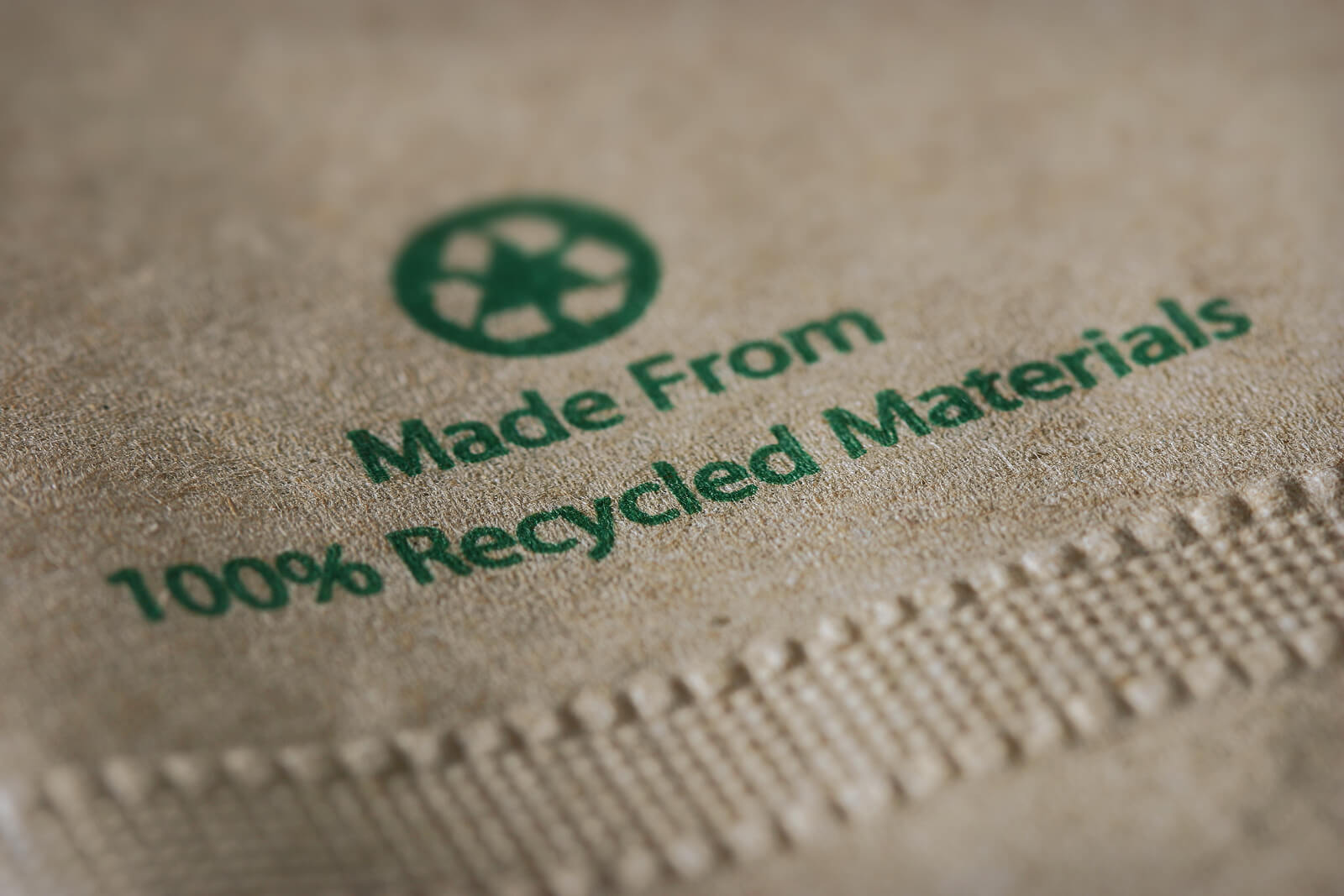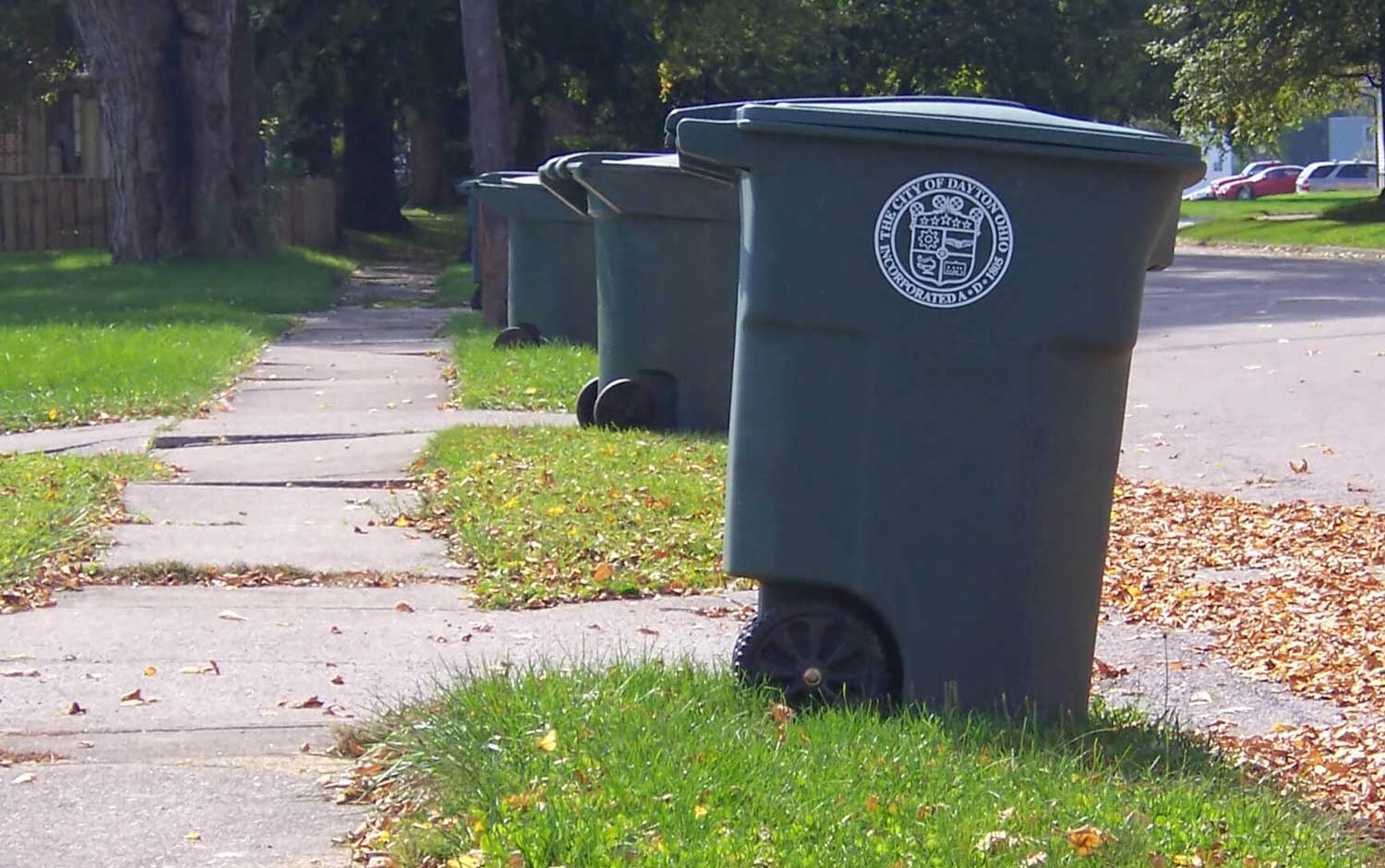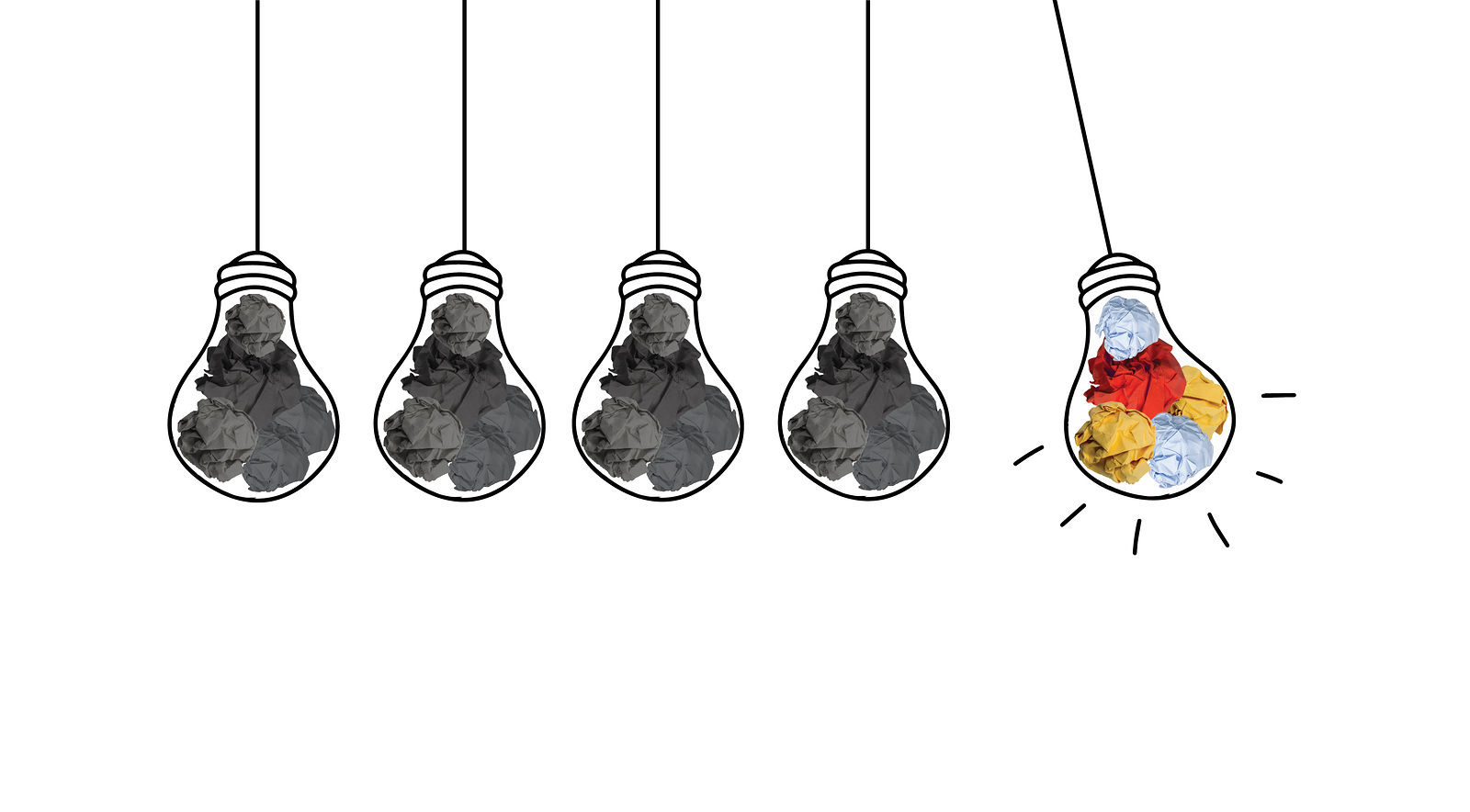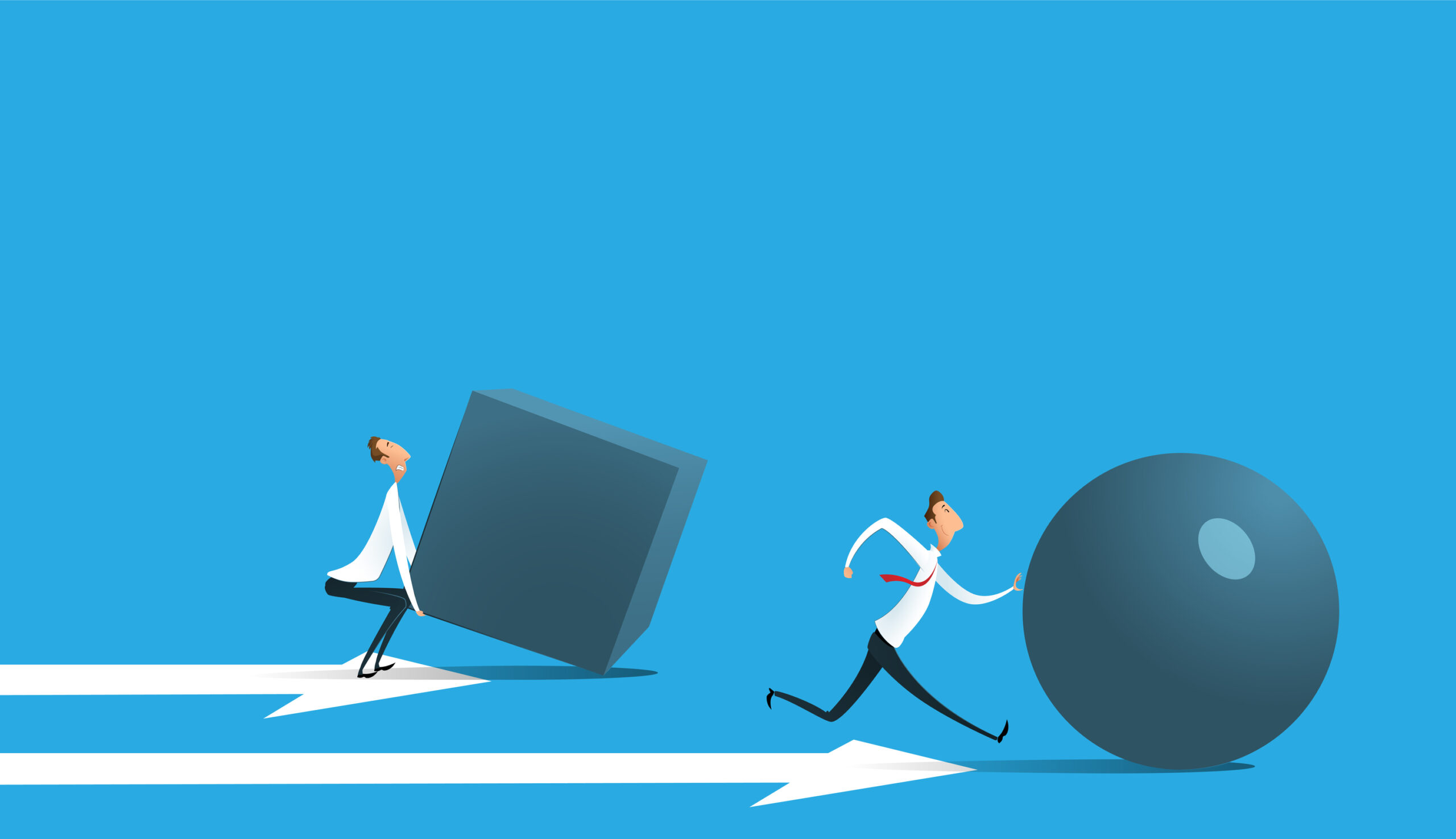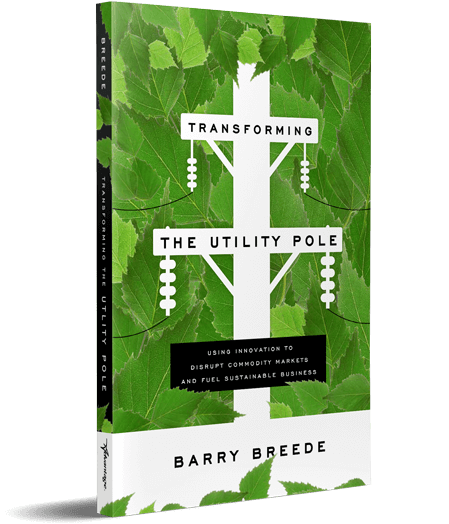The concept of companies owning the life of their products from cradle to grave and cradle again sounds ideal in theory. Some might think that this notion of “sustainability” is only a trend— one that will lose its popularity eventually. The reality is, sustainability isn’t a fad or just the popular thing to do. For many utilities and other companies, it’s the only way forward.
When companies realize the necessity of “closing the loop” on their product’s lifecycle, they realize a circular economy approach is really just the convergence of thinking about manufacturing, design, logistics, and business models.
Waste Management is an example of a company that needed to close the loop of their business model due to challenges related to disposal. Specifically, their business model, which has historically relied heavily on landfills, has been under threat due to dwindling landfill space. In response, they have moved heavily into the circular economy, not only with recycling but also in offering sustainability consulting services to the businesses that contract with them, partnering to help develop longer-lasting and CE-friendly products and services.
This example, and others like it, show that CE is not just a fad, nor should it be seen as a cumbersome imposition on existing models that should only be taken on to satisfy environmental regulators. Instead, it is a value generator and a potential profit center, one that companies need to be more proactive about participating in if they are to meet the demands of the new economy that is developing.
Circular economy thinking can require a big shift. Sometimes innovation efforts that start with a targeted focus like disposal have unintended, broader strategic consequences down the road. For us, it was a rather simple step forward to enter the pole disposal market. What we didn’t anticipate was the potentially much bigger transformational journey that lies ahead for both our pole disposal efforts and, ultimately, our company business model.
This journey has enabled us to come full circle, so to speak, back to our primary aim: finding a method of disposing of wood waste that would maximize both environmental value and value for the utilities that are its customers. Learn more about how a circular economy approach might work within your company in my book, Transforming the Utility Pole: Using Innovation To Disrupt Commodity Markets And Fuel Sustainable Business.
